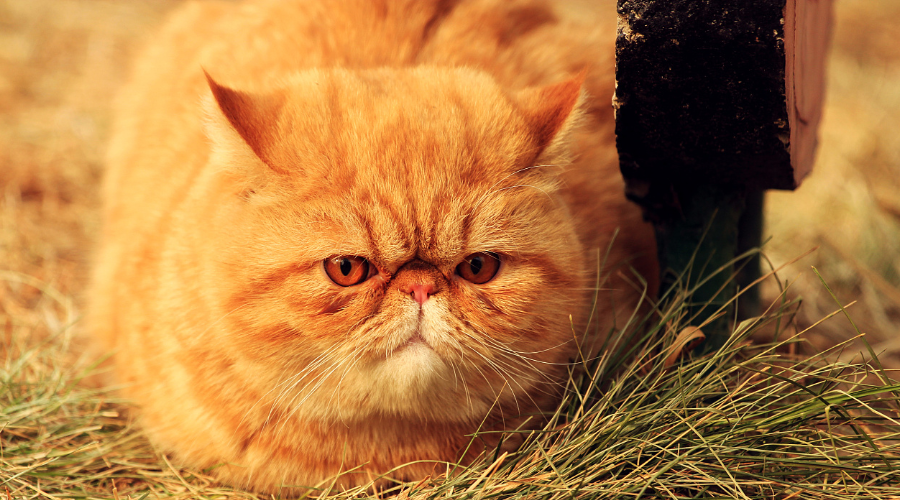
It's hard to deny the adorable chubby combination of the cute little cat. They are so adorable and cute, making people can't resist petting and rubbing them. Add to that most internet celebrities are overweight cats, people seem to think: only being that chubby is a sign of a healthy cat. However, in reality, being overweight for cats is just like being overweight for humans – it creates a 'obesity crisis'!
The Dangers of Cat Obesity
Constipation
As you may know, when cats are overweight, they usually have a lower level of activity. This slowdown of gut motility means that the residue of food remains longer in the intestine, causing more water in the feces to be absorbed by the intestinal mucosa, and leading to dryer, harder, and more spherical feces. If you find that your cat takes a long time to defecate or even makes sounds while trying to poop, with hard, dry poops that are shaped like balls, these might be signs of constipation!

Diabetes
Overweight cats often lead to lower amounts of insulin secretion from beta cells in the pancreas, resulting in sugar metabolism disorders, thus making them more susceptible to diabetes (Type II). If your cat shows signs of increased thirst and urination while losing weight, be alert to the risk of diabetes!
Heart Disease
Many might remember the charming overweight internet celebrity 'Ming Ming'. She lived a carefree life, but unfortunately she fell prey to overweight-related heart disease and left us too soon. Heart disease is one of the most common heart problems in cats, and obese cats develop this illness more easily, characterized by abnormal thickening of the heart wall. Although being overweight doesn't directly lead to heart diseases, it does add extra burden on the heart, thus accelerating the development of heart disease.
Joint Inflammation
Apart from the above, obesity also adds extra burden on a cat’s joints, increasing the risk of suffering from joint inflammation. In severe cases, this could lead to conditions like osteomyelitis (bone infection) and hip dysplasia. These joint diseases can cause significant pain for the cat and reduce its mobility, which reduces the quality of life.

